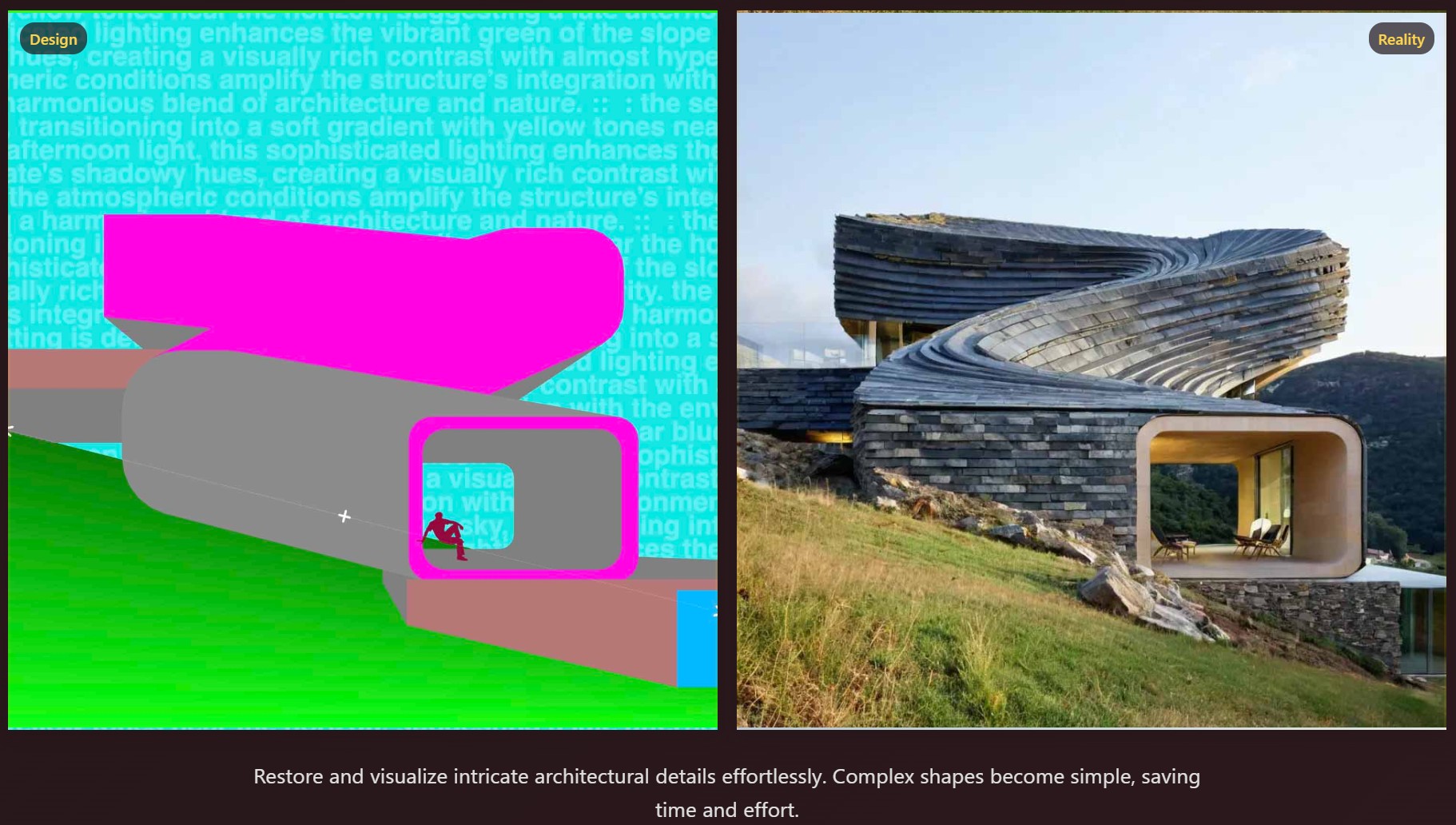BREAKING NEWS
LATEST POSTS
-
The Maker of Stable Diffusion, Stability AI Is Collapsing, Considering Sale
https://futurism.com/the-byte/stability-ai-collapsing-considering-sale
According to The Information, the company generated less than $5 million in revenue in the first quarter of this year, while losing more than $30 million.
The ironically-named venture is now reportedly sitting on $100 million worth of outstanding bills
-
Apple, SpaceX, Microsoft return-to-office mandates drove senior talent away
A study analyzing Apple, Microsoft, and SpaceX suggests that return to office (RTO) mandates can lead to a higher rate of employees, especially senior-level ones, leaving the company, often to work at competitors.
Some company leaders are adamant that remote work can disrupt a company’s ability to innovate. However, there’s research suggesting that RTO mandates aren’t beneficial to companies. A survey of 18,000 Americans released in March pointed to flexible work schedules helping mental health. And an analysis of 457 S&P 500 companies in February found RTO policies hurt employee morale and don’t increase company value.
https://cdn.arstechnica.net/wp-content/uploads/2024/05/RTO.pdf
FEATURED POSTS
-
Scene Referred vs Display Referred color workflows
Display Referred it is tied to the target hardware, as such it bakes color requirements into every type of media output request.
Scene Referred uses a common unified wide gamut and targeting audience through CDL and DI libraries instead.
So that color information stays untouched and only “transformed” as/when needed.Sources:
– Victor Perez – Color Management Fundamentals & ACES Workflows in Nuke
– https://z-fx.nl/ColorspACES.pdf
– Wicus
-
VFX pipeline – Render Wall management topics
1: Introduction Title: Managing a VFX Facility’s Render Wall
- Briefly introduce the importance of managing a VFX facility’s render wall.
- Highlight how efficient management contributes to project timelines and overall productivity.
2: Daily Overview Title: Daily Management Routine
- Monitor Queues: Begin each day by reviewing render queues to assess workload and priorities.
- Resource Allocation: Allocate resources based on project demands and available hardware.
- Job Prioritization: Set rendering priorities according to project deadlines and importance.
- Queue Optimization: Adjust queue settings to maximize rendering efficiency.
3: Resource Allocation Title: Efficient Resource Management
- Hardware Utilization: Distribute rendering tasks across available machines for optimal resource usage.
- Balance Workloads: Avoid overloading specific machines while others remain underutilized.
- Consider Off-Peak Times: Schedule resource-intensive tasks during off-peak hours to enhance overall performance.
4: Job Prioritization Title: Prioritizing Rendering Tasks
- Deadline Sensitivity: Give higher priority to tasks with imminent deadlines to ensure timely delivery.
- Critical Shots: Identify shots crucial to the project’s narrative or visual impact for prioritization.
- Dependent Shots: Sequence shots that depend on others should be prioritized together.
5: Queue Optimization and Reporting Title: Streamlining Render Queues
- Dependency Management: Set up dependencies to ensure shots are rendered in the correct order.
- Error Handling: Implement automated error detection and requeueing mechanisms.
- Progress Tracking: Regularly monitor rendering progress and update stakeholders.
- Data Management: Archive completed renders and remove redundant data to free up storage.
- Reporting: Provide daily reports on rendering status, resource usage, and potential bottlenecks.
6: Conclusion Title: Enhancing VFX Workflow
- Effective management of a VFX facility’s render wall is essential for project success.
- Daily monitoring, resource allocation, job prioritization, queue optimization, and reporting are key components.
- A well-managed render wall ensures efficient production, timely delivery, and overall project success.
-
Types of Film Lights and their efficiency – CRI, Color Temperature and Luminous Efficacy
nofilmschool.com/types-of-film-lights
“Not every light performs the same way. Lights and lighting are tricky to handle. You have to plan for every circumstance. But the good news is, lighting can be adjusted. Let’s look at different factors that affect lighting in every scene you shoot. “
Use CRI, Luminous Efficacy and color temperature controls to match your needs.Color Temperature
Color temperature describes the “color” of white light by a light source radiated by a perfect black body at a given temperature measured in degrees Kelvinhttps://www.pixelsham.com/2019/10/18/color-temperature/
CRI
“The Color Rendering Index is a measurement of how faithfully a light source reveals the colors of whatever it illuminates, it describes the ability of a light source to reveal the color of an object, as compared to the color a natural light source would provide. The highest possible CRI is 100. A CRI of 100 generally refers to a perfect black body, like a tungsten light source or the sun. “https://www.studiobinder.com/blog/what-is-color-rendering-index
(more…)





